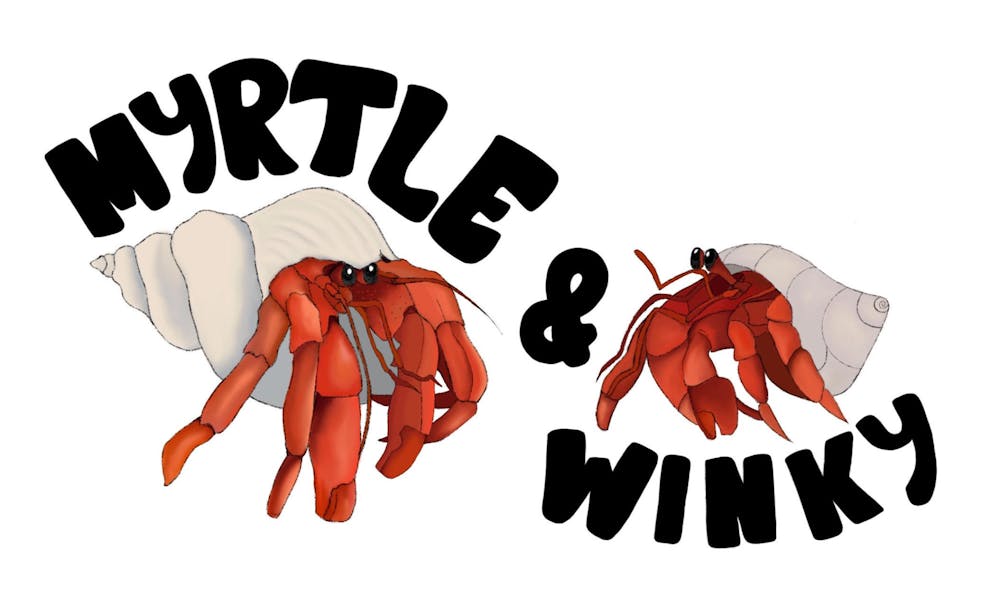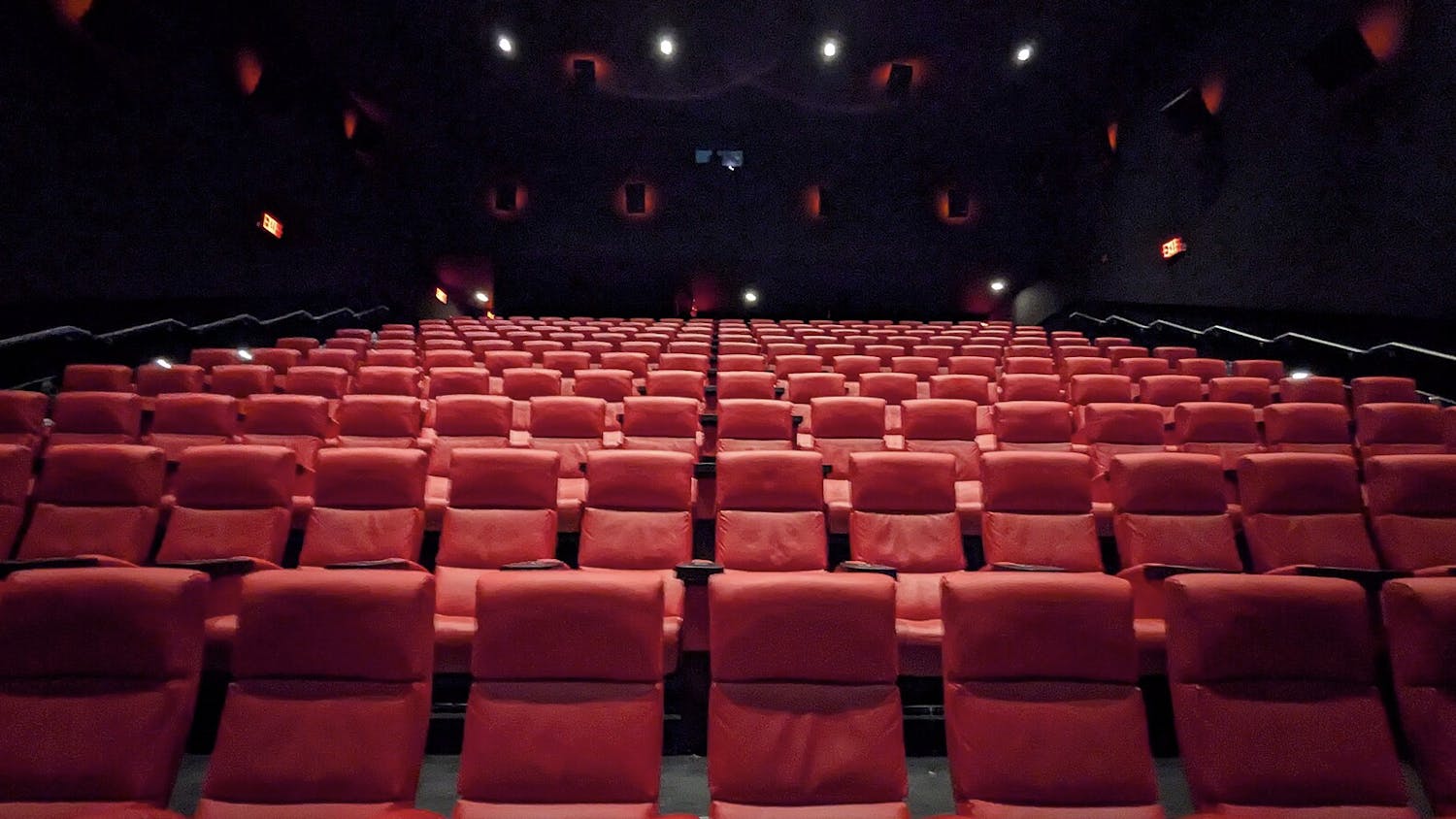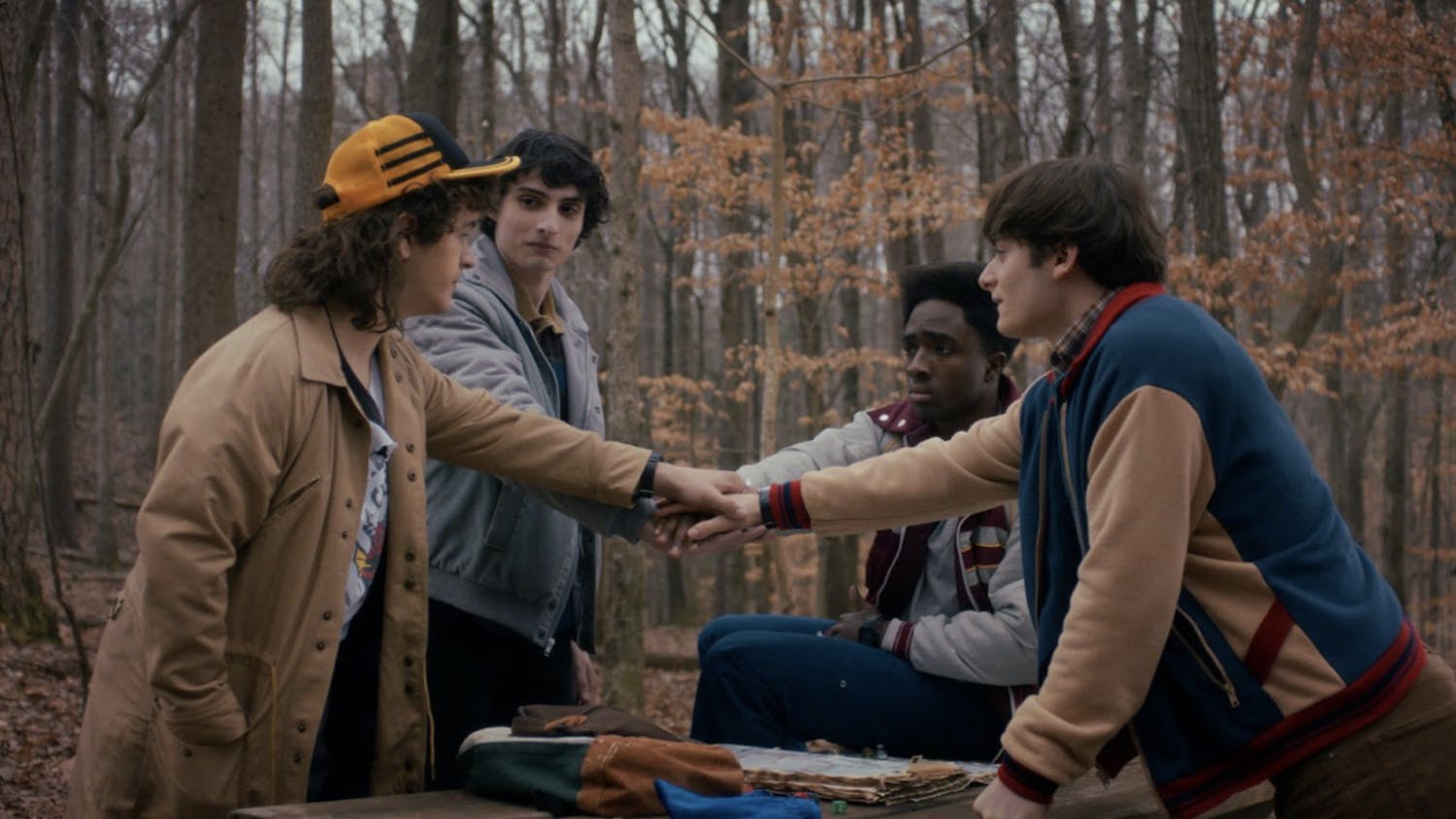By Sandra Abrantes
Correspondent
Have you ever gone to the beach or boardwalk and begged your parents to get you a hermit crab, only for it to die within the week? Maybe they warned you, saying “no, they aren’t worth the money,” or “OK, but just remember not to get too attached.” Both of which are wrong to say.
There are many rules that go along with owning a pet. A dog, for instance, has needs and requirements in order to live. Namely: water, food, a place to sleep, toys, outdoor space and walks. Every pet, no matter what species, has a list of “do’s and don’ts,” and it is no different with hermit crabs.
The metal cages you most commonly see hermit crabs in are just about the opposite of their needed environment. These cages do not keep in warmth, allow for digging or provide any kind of comfort. You wouldn’t keep your dog or cat in a cold metal cage all day, every day, without a blanket or a bed, if you love them, that is.
By showcasing crabs in this way, people are inclined to believe this is the environment they are suited for, when in reality, hermit crabs should have at least a 10 gallon tank, with a regulated temperature from 75 to 80 degrees, with both freshwater and saltwater bowls, a variety of food choices to maintain health, toys, and natural foliage, leaves or moss to forage.
These are simply the basics that are required to keep crabs healthy, yet when they are sold, there is a thin, sometimes nonexistent layer of sand, toxic painted rocks to entice buyers, little to no water and a small plastic carrying box not meant to be liveable. The way that hermit crabs are marketed and seen is exactly why they are treated like they aren’t living creatures who deserve a happy and healthy life.
In addition to these examples of poor living conditions, hermit crabs are at risk to die quickly because they are marketed towards children. What many people do not know is that the brightly painted and colorful rocks, shells and furniture offered by sellers are some of the most harmful things you can do for them.
If you find yourself drawn to the painted “Batman” logo, or your favorite color, shiny on the back of a hermit crab’s shell, stop. You are falling into the trap that is set to attract buyers to purchase crabs, their accessories and the harmful products that are not meant to help them. The paints and glazes used on their shells can flake off, and because hermit crabs are foragers, they are very prone to eat what is around them.
When hermit crabs ingest the dried paint, which is toxic for consumption, they are likely to be poisoned and die, so when selecting shells for your crabs, it is crucial to find natural, non-toxic shells of different sizes. But, of course, no seven-year-old is going to want a crab with a brown or natural shell when there is the option for a “Spider-man” or hot pink “Barbie” logo painted on their shell.
In fact, many people are not aware of how hermit crabs even come into captivity. How do they appear in pet stores and gift shops by the hundred with brightly painted shells?
An article from People for the Ethical Treatment of Animals released shocking and gut-wrenching news about Brelean Corporation, a known captive hermit crab supplier to mainstream pet stores and many small beach shops throughout the country.
The company kept piles of hermit crabs on hardwood floors, sweeping them together to fit more in the cramped, deprived environment. The dead, who couldn’t survive the hostile treatment of being transported in sacks, having their natural shells forcefully broken off, their bodies crushed with a manual lever press or the lack of any of their necessary means to survive, are sorted from the live crabs and thrown away.







